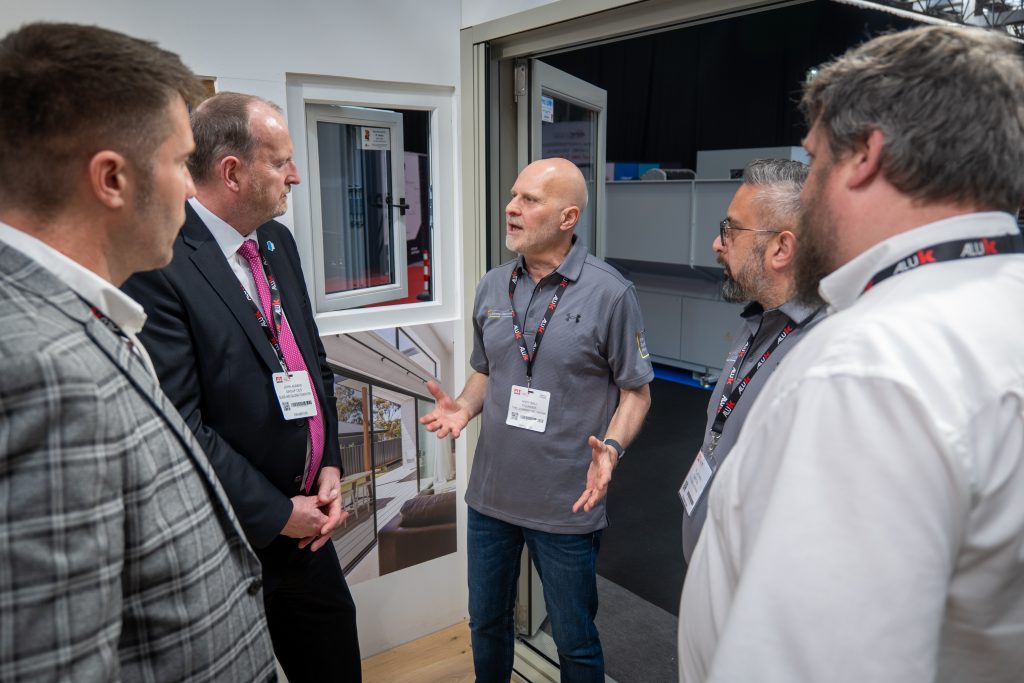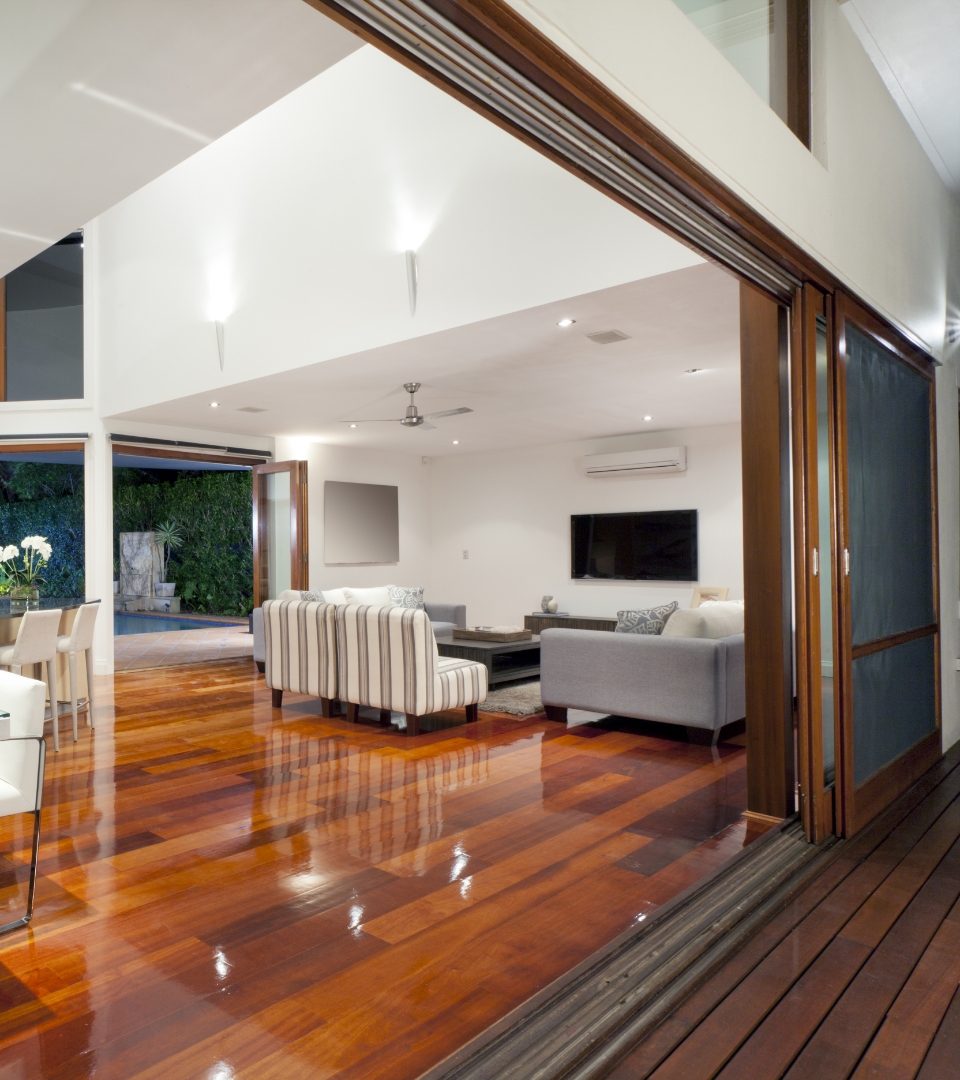As part of our ongoing mission to support every corner and facet of the fenestration industry, we’re delighted to announce a brand-new partnership with timber experts The Joinery Network!

Who are The Joinery Network?
The Joinery Network are a cooperative of specialist companies that provide a complete range of products and services for businesses that manufacture or install timber windows and doors.
By providing access to its Lignum fully-certified independent timber window and door system, expert training and technical support, TJN empowers manufacturers and the trade to grow their businesses with confidence. From superior energy-efficient, high-security products to marketing support and compliance documentation, The Joinery Network ensures companies have everything they need to succeed in a competitive market.
What Does this Mean?
Through this collaboration, the joint voices of both the GGF and TJN can create a more robust and influential voice for the timber sector. Timber continues to represent a significant portion of the industry as a whole, and is subject to the same challenges, regulations and opportunities, as well as having its own distinct needs.
As part of the partnership, we’ll be launching a new Timber Group for both members of TJN and the GGF community. The group will be run by the GGF Technical Team and have two meetings a year to discuss the very latest updates affecting the sector. The inaugural Timber Group meeting will take place next month in June.
TJN licence holders will be able to join the Timber Group once they have become GGF members, and we’re looking forward to welcoming new GGF members from across the timber sector, strengthening the GGF’s presence in this important part of the industry.
If you’re interested in further information, please get in touch with GGF Acting Head of Technical Kevin Jones at kjones@ggf.org.uk.







 Emergency Glaziers
Emergency Glaziers GGF Shop
GGF Shop MyGlazing.com
MyGlazing.com Find a GGF Member
Find a GGF Member












